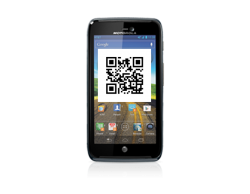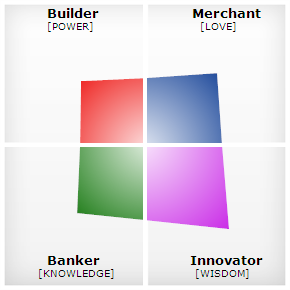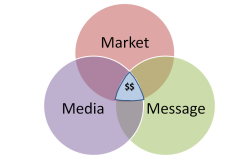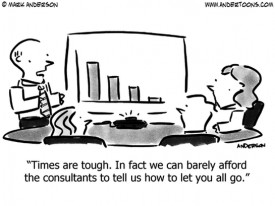 I had the opportunity to participate in an Executive Briefing breakfast meeting this past Tuesday and one of the participants was a man named Dale who was, of all things, a veteran of the electronic automatic test equipment (ATE) world, a world that I inhabited many years ago.
I had the opportunity to participate in an Executive Briefing breakfast meeting this past Tuesday and one of the participants was a man named Dale who was, of all things, a veteran of the electronic automatic test equipment (ATE) world, a world that I inhabited many years ago.
We spoke about how there were 10 big ATE companies in the 70s and 80s and 50 medium sized companies and literally dozens of small ones — his among them. Today there are two, maybe three big ones, a few medium sized ones and very few small ones. A lot of that has to do with the implosion of the technology world that occurred in the early 2000s, but a lot of it also has to do with a shift in test methodology whose creation I sparked.
Once upon a time I thought it would be good to teach electronic designers, who once worried only about function and not mundane things like manufacturability, testability or yield. So I wrote the first book and ended up traveling the world teaching and preaching DFT, as it was then called. And I had fun, fame and respect from the electronics test community. “Rambo” of testability. “Pope” of testability. Those were heady days.
You have probably never heard of IEEE-Std-1149 or boundary scan — the so-called “dot one” standard. These are terms that are familiar only to those involved in the design and test of the integrated circuits. But that standard is incorporated in the integrated circuits that are used in virtually every electronic product you use today — including the device you are using to read this post. I literally changed the world of electronics test.
Creating the IEEE standard became a crusade of sorts for me. The standard got co-opted by some very large companies with their own agendas and thus my one truly altruistic act ended up killing my DFT seminar business. Go figure. No good deed goes unpunished!
I tell this story only to illustrate that change happens. In the technology world, in the marketing world and in our own lives. And we can either adapt to those changes or we’re out of business. I (thankfully) had other things to teach, preach and sell and had supporters who appreciated my high technology hardware and software technical and marketing skills and whose support has gotten me to where I am today — a consultant who can share his marketing knowledge — for a price — with those who appreciate that wisdom and the love with which it is shared.
Do you have a crusade within you? A passion to change the world in whatever way you can? If so, share it with us. If not, let us help you create one. Because it truly is through the passion of individuals that we create change in the world. Let us hear from you in the Comments section and thanks for reading.









